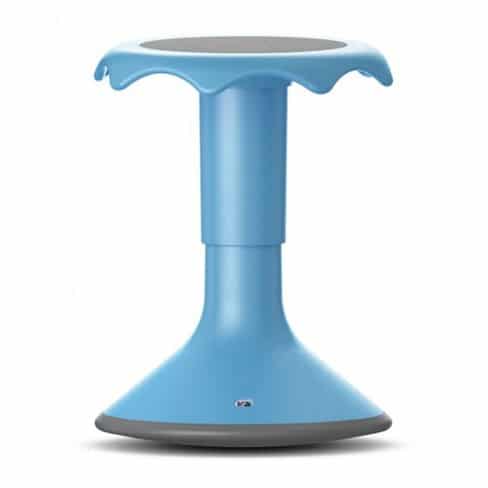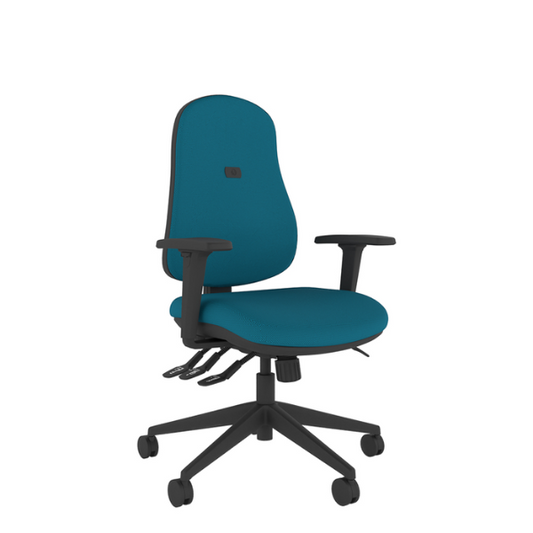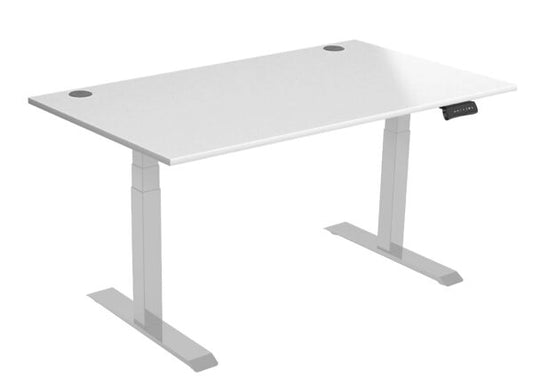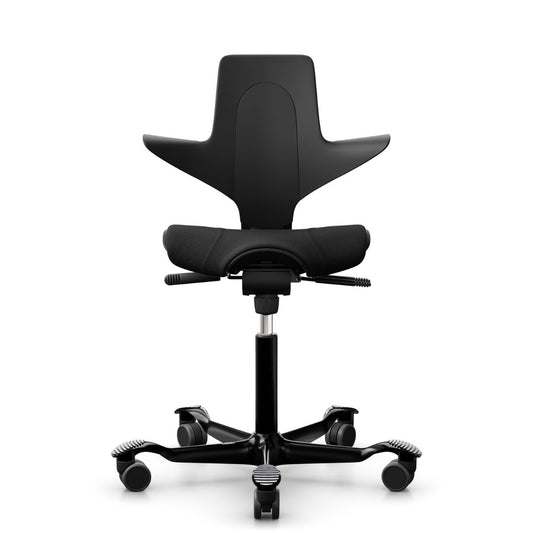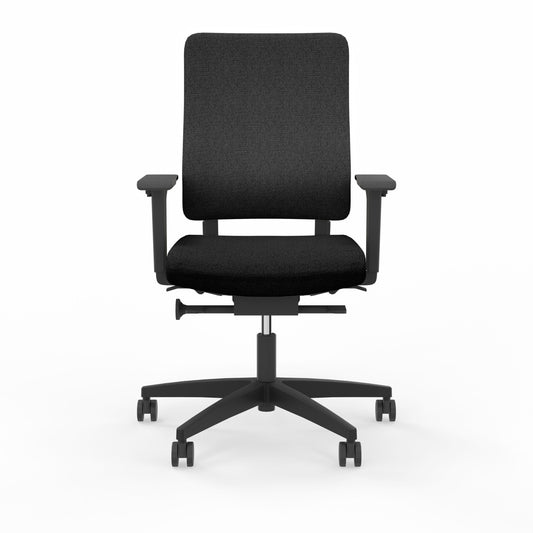Training and Employee Information
- DSE Overview
- Workstation Assessments
- Posture and Ergonomic Setup
- Breaks and Work Routines
- Eye Tests and Screen Use
- Training and Employee Information
-
Pregnancy and Epilepsy Guidance
Working from Home Safely with Screens
How to set up your home workspace for long-term comfort and health
More people than ever now work from home — full-time, hybrid, or just occasionally. But kitchen chairs, coffee tables, and sofas are no match for a proper ergonomic setup.
If you spend more than a couple of hours a day working at a screen at home, it’s vital to treat your home setup like a real workstation. Your posture, vision, and overall well-being depend on it.
Home Workers Are Covered by DSE Regulations
If you're employed and working from home with a screen as part of your job, your employer is still responsible for your health and safety.
That includes:
- Ensuring your home setup is risk-assessed
- Providing information, training, or support for safe working
- Addressing any issues identified — including equipment if needed
Many organisations offer home workers a DSE self-assessment form to complete. Some may provide equipment or a budget to improve your setup.
Self-employed? You’re not legally covered, but the same good practices apply. Your health matters too.
Common Problems with Home Setups
Poor home setups often lead to:
- Neck, shoulder or back pain from unsuitable chairs or poor screen height
- Wrist or arm discomfort from awkward keyboard and mouse positions
- Eye strain from screen glare or bad lighting
- Reduced movement from staying in one spot for too long
These issues build up over time. They’re often not immediate, but they are preventable.
Top Tips for a Healthy Home Workspace
Create a designated workspace: Avoid working from the sofa or bed. Use a table and chair that support upright posture.
Use an ergonomic chair: Adjustable chairs with lumbar support are ideal. Explore our ergonomic chairs ›
Raise your screen: Use a monitor arm or laptop stand to bring the screen to eye level. View monitor arms ›
Use an external keyboard and mouse: Especially when working from a laptop. It keeps your hands and arms in a neutral position.
Ensure good lighting: Use natural light where possible, but avoid glare. Supplement with a desk lamp if needed.
Take regular breaks: Move every 30–60 minutes. Get up, stretch, and rest your eyes.
Employers: Supporting Your Remote Team
If you have employees working remotely, consider:
- Providing a home-working DSE checklist
- Offering virtual workstation setup guidance
- Supplying or contributing to ergonomic equipment
- Keeping communication open for health and comfort issues
Need support? We offer DSE assessments for home workers — both virtual and in-person within our service area.
Book a home working DSE assessment ›
Flexible Work, Not Flexible Posture
Working from home gives freedom — but don’t let your body pay the price. A proper setup doesn’t have to cost a fortune, and small changes can make a big difference to how you feel.
At Healthy Home & Office, we help remote and hybrid workers create workspaces that work for their bodies, not against them.
Work where you want — but make it work for your health.
Best Sellers
Shop our most popular ergonomic products, trusted by professionals and home users alike. These top-rated chairs, desks, and accessories deliver proven comfort and performance.
-
Hokki +®- Height Adjustable Dynamic Stool
Regular price From £206.40 GBPRegular price -
IT650 Office Chair
Regular price £276.00 GBPRegular price -
R800 - Height Adjustable Desk
Regular price From £376.00 GBPRegular price -
Capisco Puls - Saddle Office Chair
Regular price £524.00 GBPRegular price -
Drumback creation - Climate Neutral Ergonomic Office Chair
Regular price £534.00 GBPRegular price
Subscribe to our emails
Be the first to know about new collections and exclusive offers.

